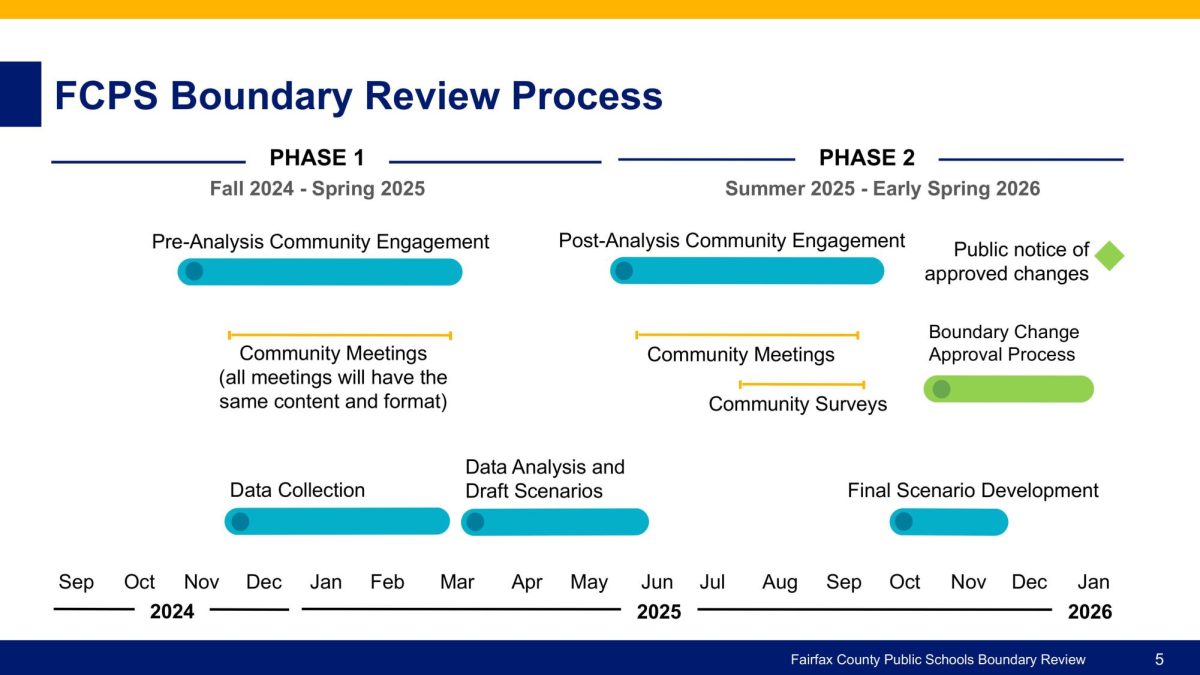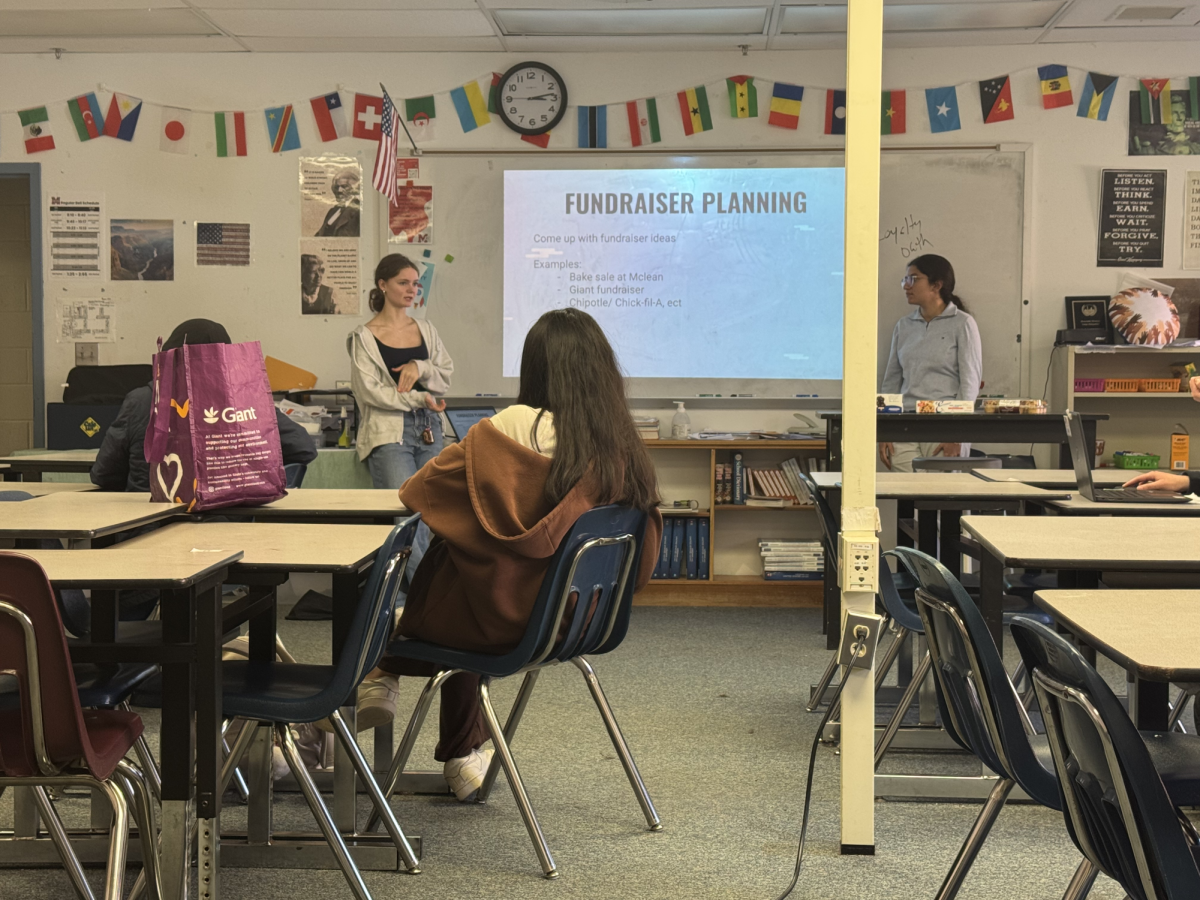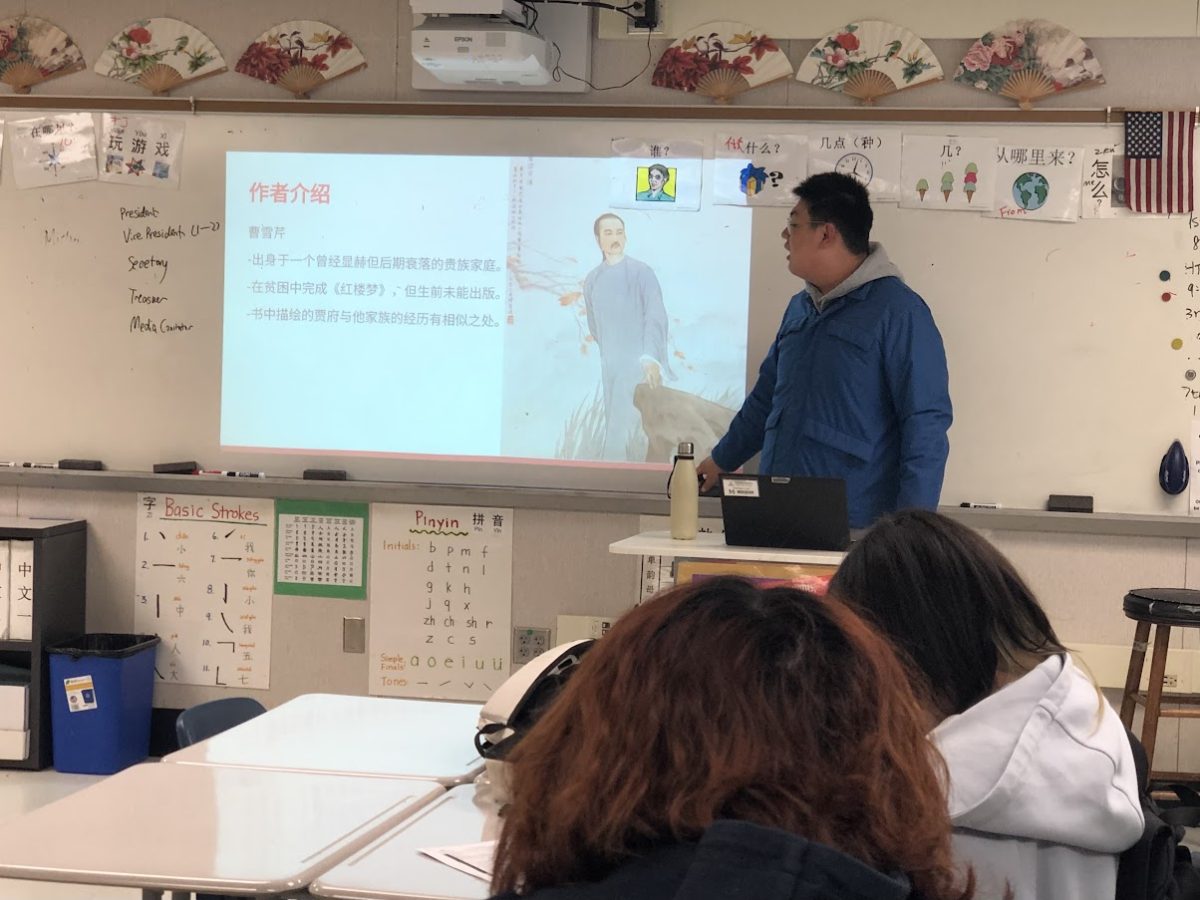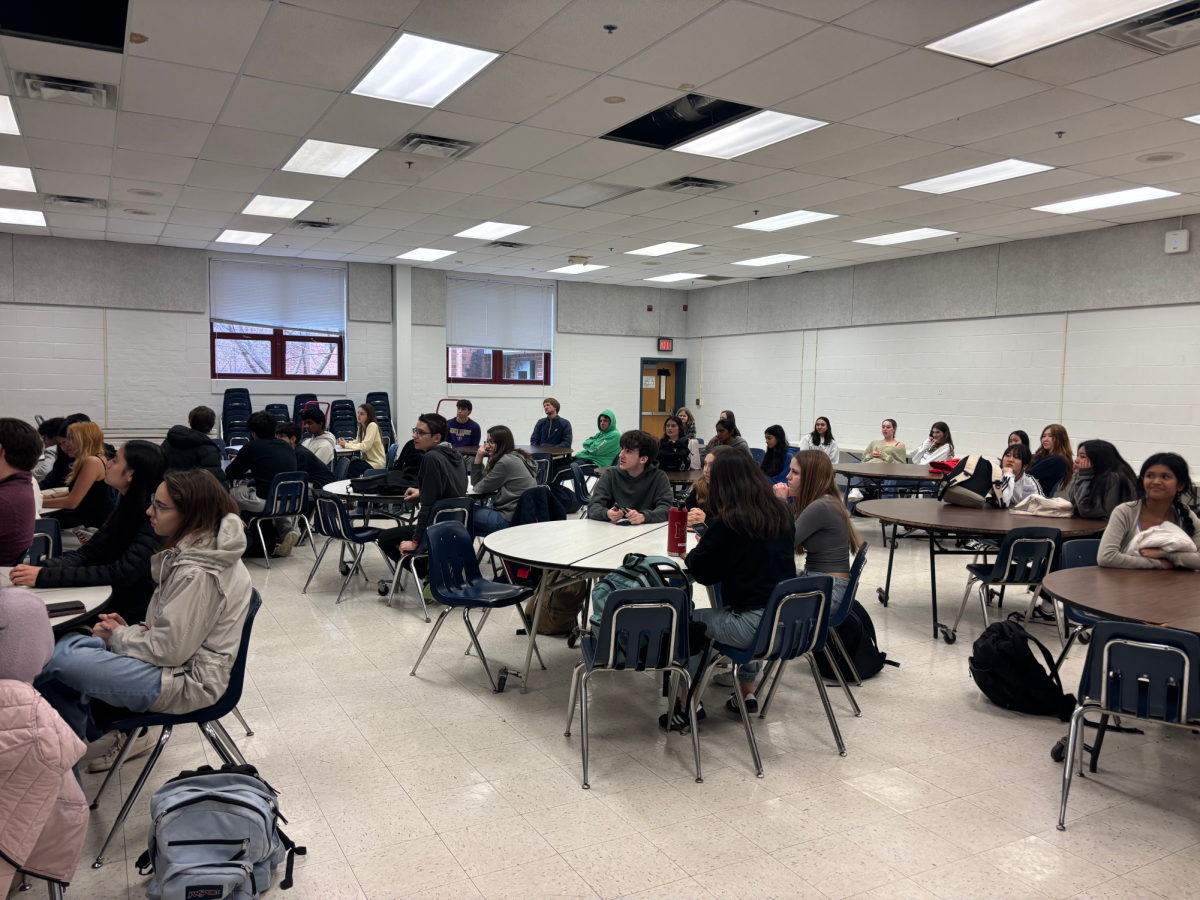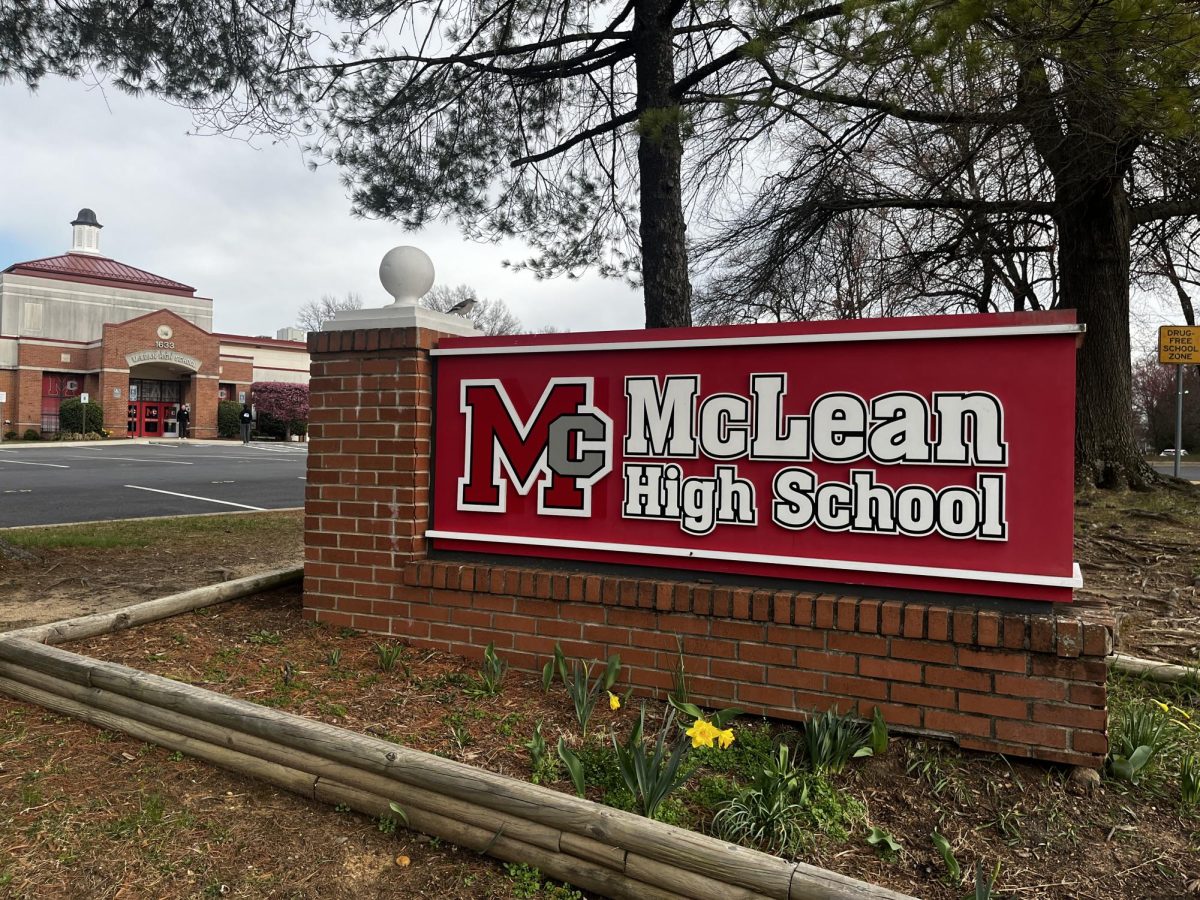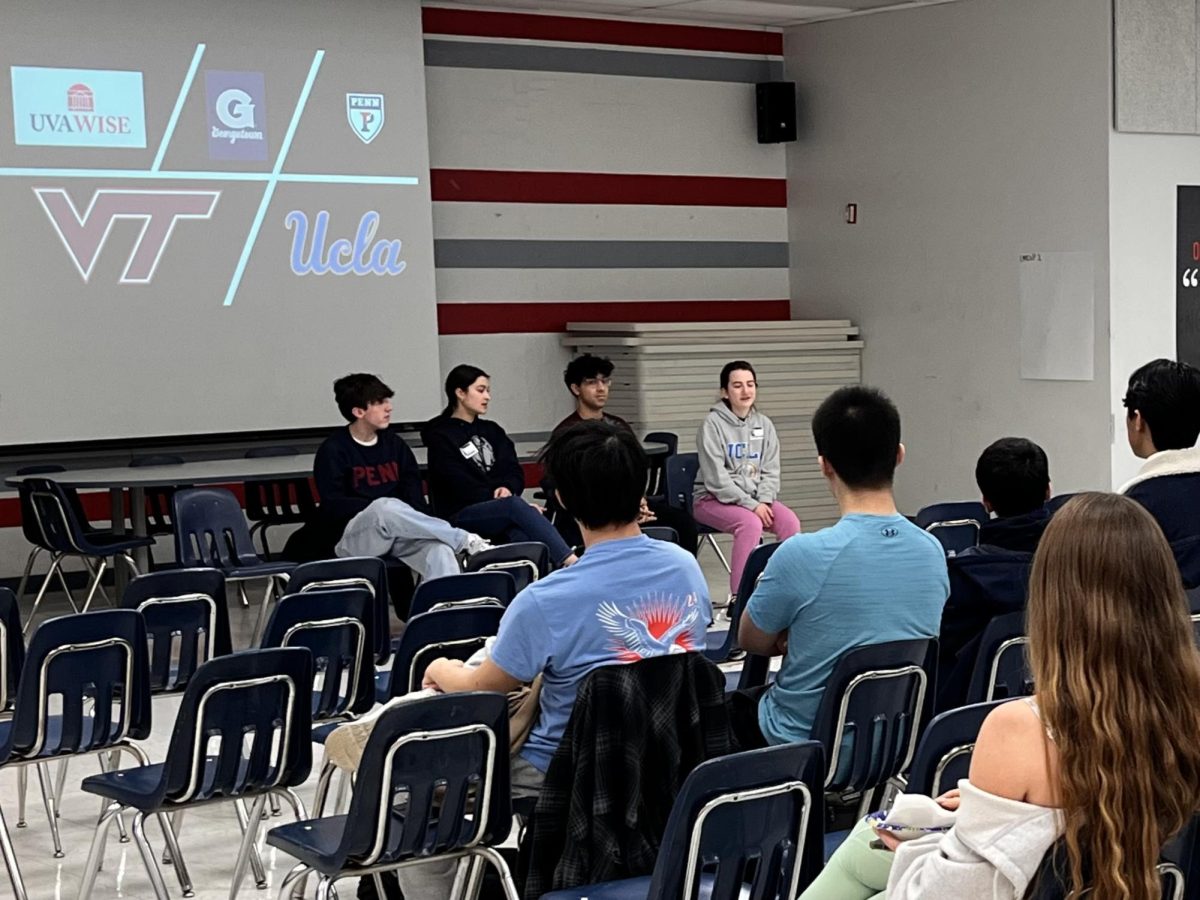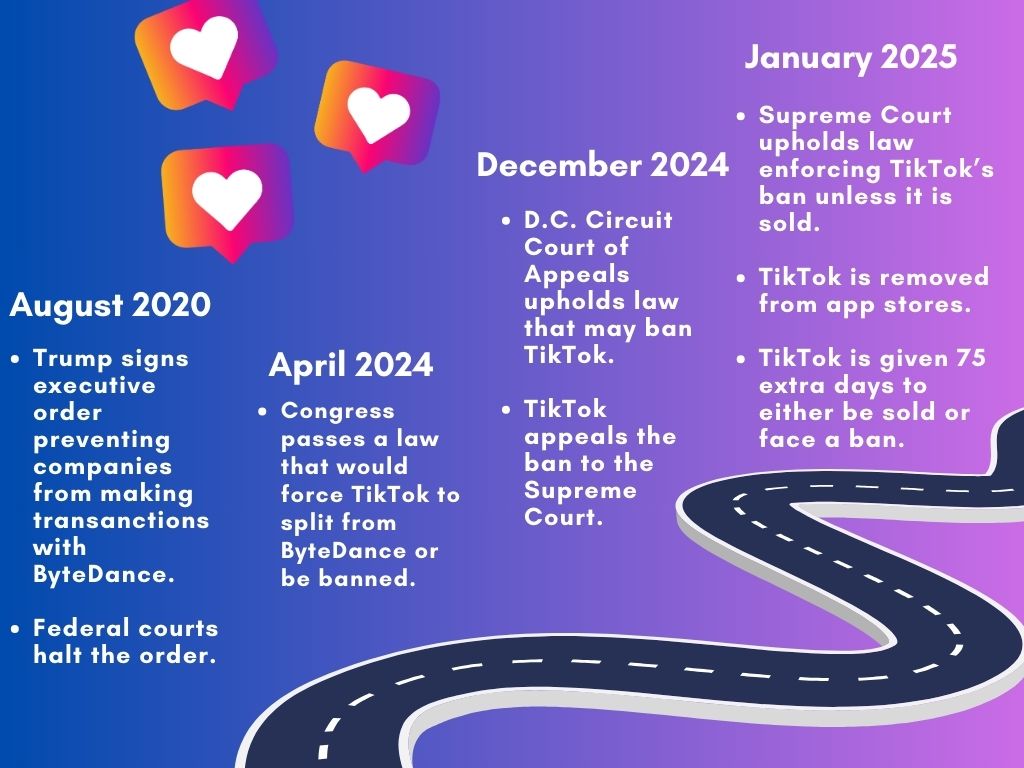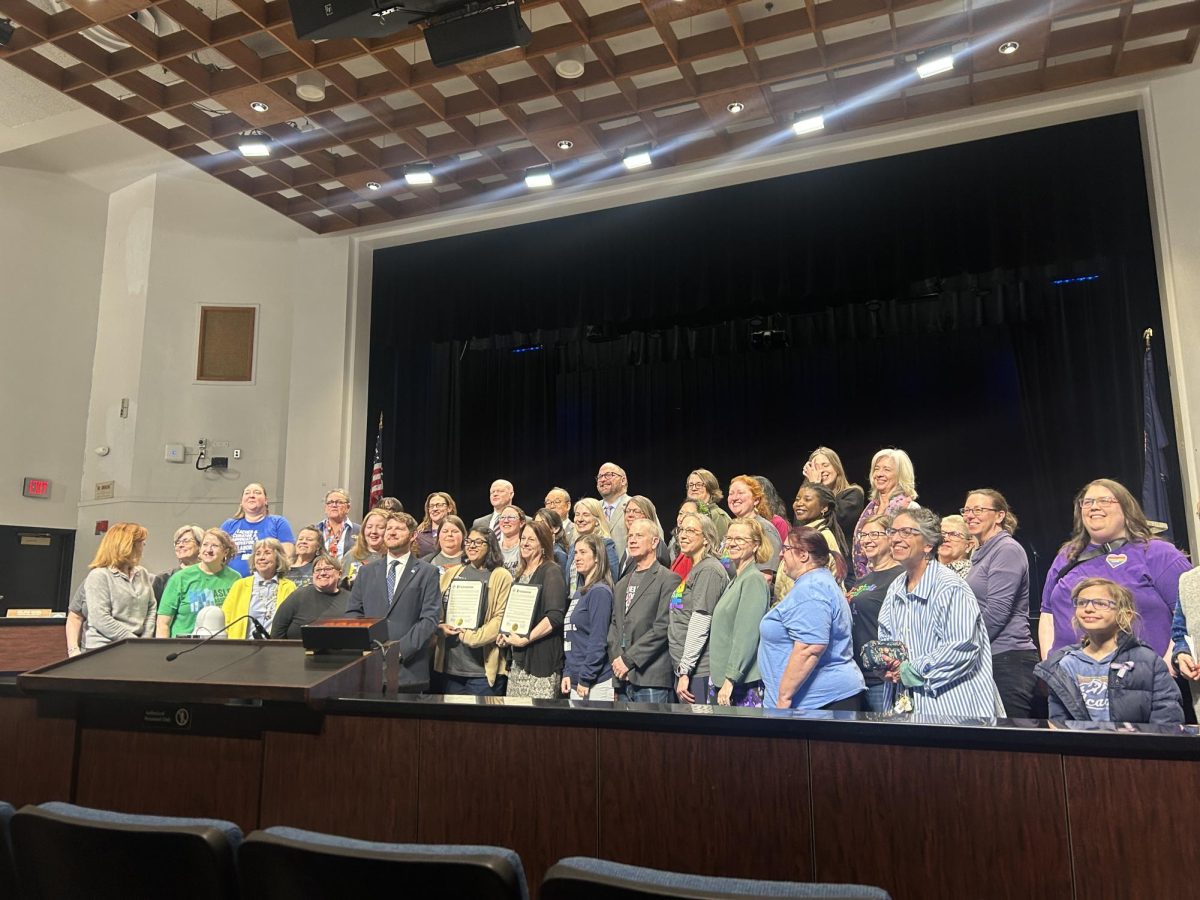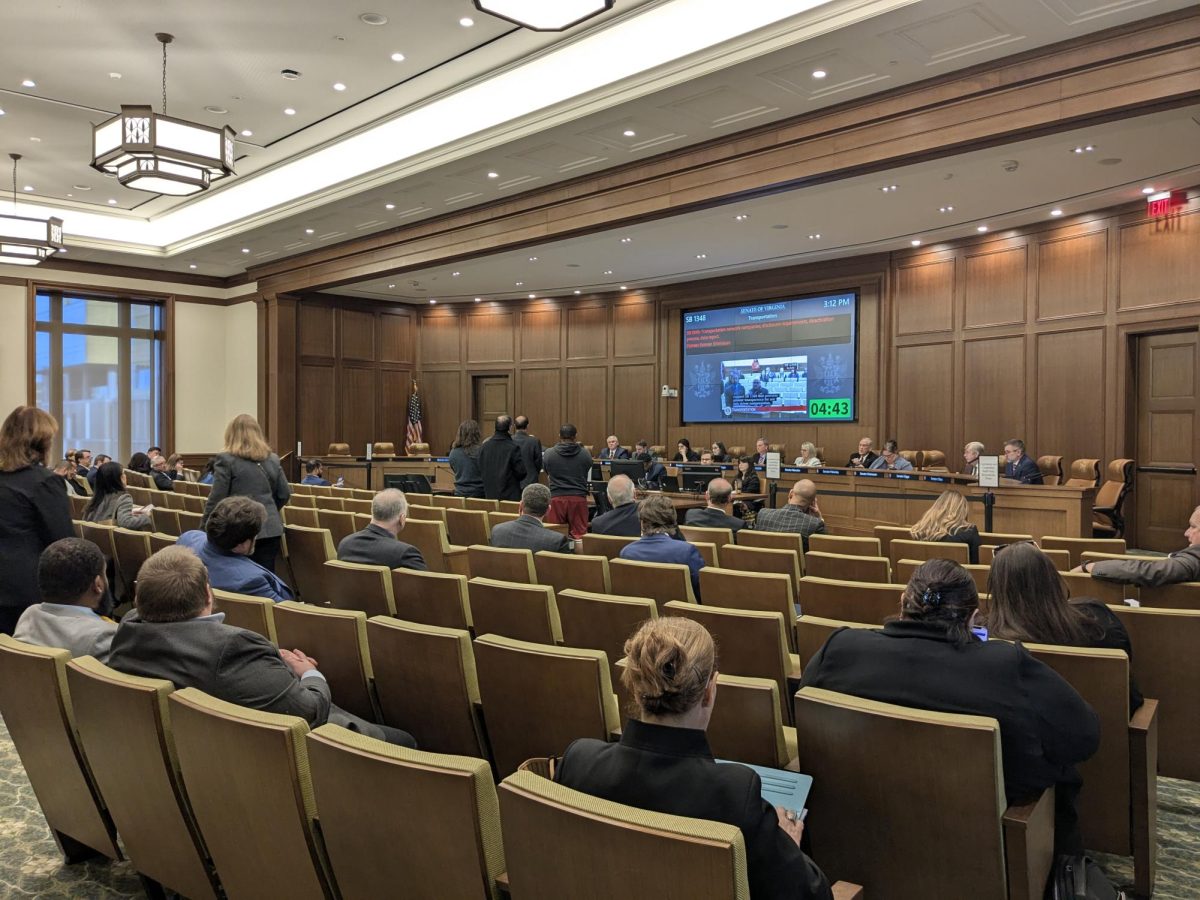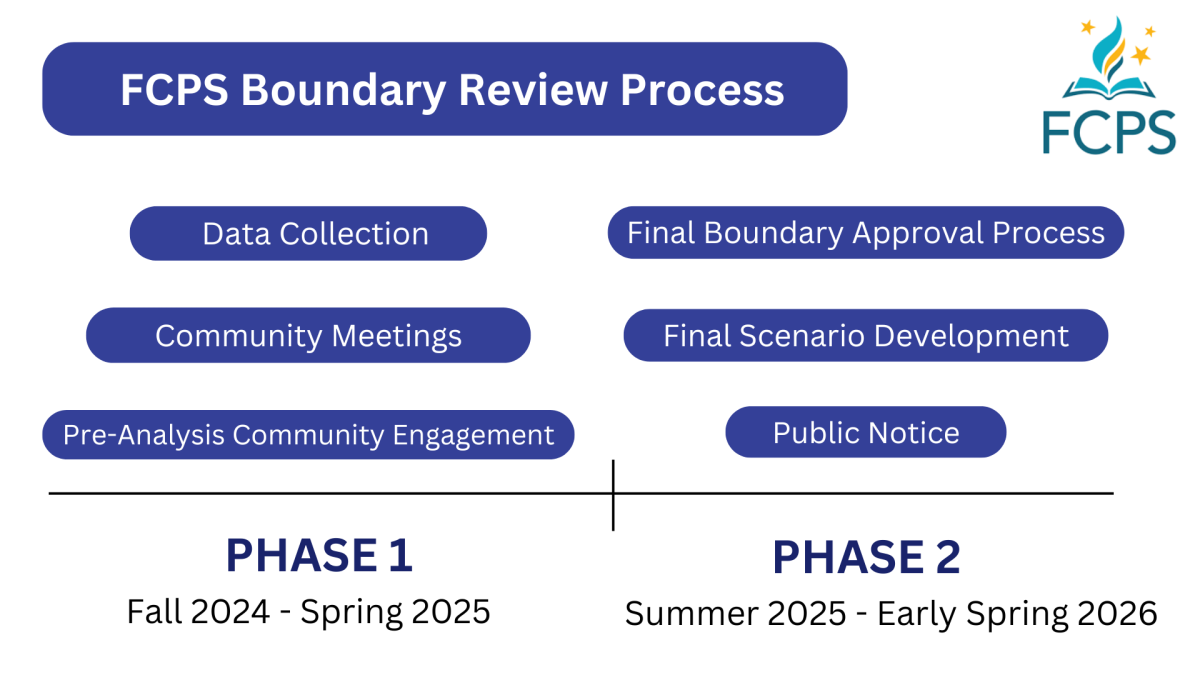The FCPS School Board is hosting community engagement meetings to discuss the School Boundary Review. The meetings, which can be attended in-person or virtually through Zoom, allow community members to share their opinions and perspectives regarding potential changes.
The sessions are being held as part of the comprehensive review, which will analyze boundaries across the district for potential movement. Every school has a boundary area that determines which students around it will attend the school. If a boundary is moved, the school a student is assigned to may change.
“It’s never been more important to also really efficiently and thoughtfully utilize the [land] resources available to us,” Superintendent Michelle Reid said.
A review of this scale has not occurred in almost forty years. Fairfax County signed a contract with Thru Consulting, a management consulting firm, to provide oversight for the boundary process.The review has two distinct phases: the first offers opportunities for engagement with the community, from which data will be collected and analyzed, while the second approves changes, conducts scenarios and notifies the public of the changes.
“During the community engagement part of this initial phase, we are focused on gathering input from all [meeting viewers] to hear thoughts and priorities,” said Namratha Bharadwaj, a Thru Consulting employee.
On Jan. 16, a virtual meeting allowed participants to share insights with FCPS administrators and representatives from Thru Consulting. Hosts of the meeting presented a timeline of changes, after which participants met in breakout groups with moderators. The moderators then conveyed the sentiments of the group to the whole.
Upcoming community discussion meetings will take place on Jan. 25, Jan. 27 and Jan. 28. The final scheduled meeting will occur on Feb. 10. Each virtual meeting is limited to 400 participants.
“This is much more than an exercise in redrawing lines on a map,” said Anna Winskill, a Thru Consulting employee. “It is an opportunity to make FCPS more efficient, equitable and responsive to the needs of every student.”


